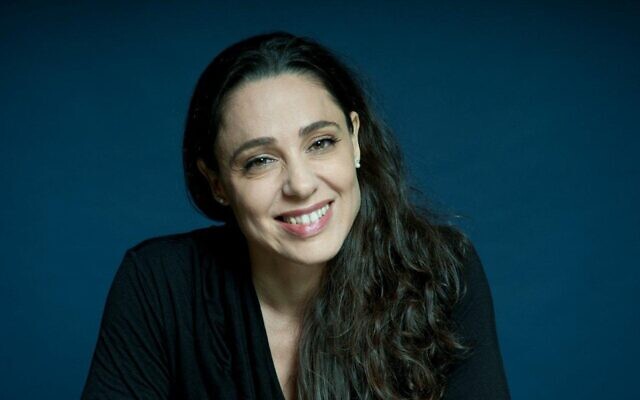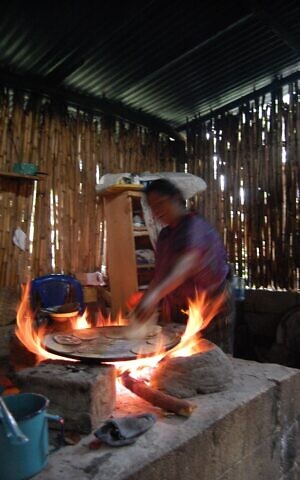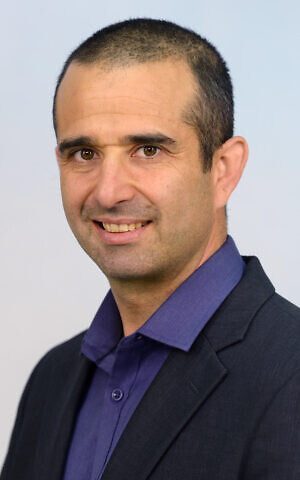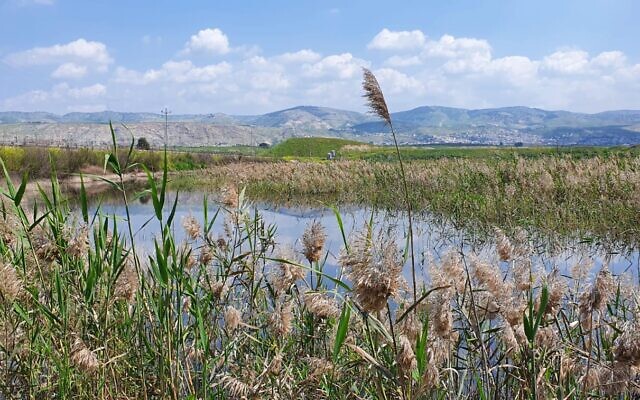A group of Israelis with varied professional expertise is getting together with the ambitious aim of creating a local, and eventually regional, carbon trading scheme.
Israel has no such infrastructure and international models have been criticized as unreliable.
The idea is to fill the vacuum and build a carbon credit system that will reliably measure the ability of projects and technologies, initially in Israel, to absorb the atmospheric gases driving climate change. This will ensure that investments in reducing carbon are effective.
The initiative was launched Monday at a Tel Aviv meeting held as a follow-up to the country’s first carbon conference in the summer.
It is being coordinated, voluntarily, by Amichai Fisher, who formerly headed a special regulations unit within the Prime Minister’s Office.
Get The Times of Israel's Daily Edition by email and never miss our top stories
Maya Jacobs, a long-time environmental activist and entrepreneur, quit her position as head of the non-profit Zalul Environmental Association to co-found Climate Net, which organized both carbon confabs. Jacobs said no similar NGO-based platform has been found to exist yet in the world.

Maya Jacobs, co-founder and CEO of Climate Net. (Dor Malka)
Globally, there are two kinds of carbon markets aimed at reducing atmospheric gases such as carbon dioxide and methane. The regulated compliance market, also known as cap and trade, is exemplified by the European Union’s Emissions Trading System (ETS), and a California state initiative.
Cap and trade sets a limit, which gradually becomes more stringent, for total carbon emissions and distributes permits to emitters setting out how many tons of carbon dioxide (CO₂) they can emit. High emitters can trade these permits with low emitters that have permits to spare.
A voluntary carbon trading market has also emerged. This enables emitters — governments, businesses and individuals — to offset emissions they cannot cut at present by investing in projects that provide an alternative to emissions (such as renewable energy) or help to reduce and store them (such as afforestation). The investment is recognized by carbon credits.
The voluntary market includes the United Nations’ Clean Development Mechanism, which matches emitters in industrialized countries with a large menu of projects in the developing world.

Carbon credits can be awarded for replacing cooking stoves such as this one in Guatemala with cleaner stoves. (gringologue, CC BY-SA 2.0, Wikimedia Commons)
Well over a third of the world’s biggest companies have pledged to reach net zero — balancing emissions with investments in carbon removal — with 2050 often set as the target.
But the voluntary carbon offset market is mainly unregulated and littered with complex problems.
Academic analysis suggests that anything from a third to three-quarters of projects offering offsets don’t actually save any emissions because the projects would have been implemented regardless of the carbon payments.
Last month saw the publication of the results of a nine-month investigation by The Guardian newspaper, German weekly Die Zeit and SourceMaterial, a non-profit investigative journalism organization, which charged that investments by huge companies such as Shell and Disney in carbon-guzzling rainforests, through one of the world’s most respected certifiers, Verra, were largely worthless.
They found that Verra had approved projects, for example, that guaranteed to protect forests under threat, either when there was no threat or where deforestation had actually increased. Verra denied the findings.

Rainforests, such as the Renascer Reserve in the Amazon rainforest in Prainha, Para state, Brazil, are important absorbers of carbon dioxide, November 22, 2019. (AP Photo/Leo Correa)
At a roundtable session on Monday, Fisher said that the global voluntary system lacked credibility and was difficult and costly to access.
One danger was that money, rather than real carbon reduction, drove some of the many companies that have emerged to broker deals between emitters and projects. Another was that it was hard to know whether carbon was being sequestered, and if so for how long (a forest might be burned or cut down within a few years). “Double accounting” also affected carbon calculations, in cases where the company and the project reported the same carbon savings twice.

Amichai Fisher. (Government Press Office)
As Fisher noted, there are no professional bodies in Israel that measure carbon to validate credits, nor is there any established network of emitters who want to buy carbon credits, or projects able to calculate their carbon absorption and market it in credit form.
He said that the critical elements of a reliable carbon offsetting scheme that might be established for Israel, and eventually the region, were an accreditation infrastructure involving a neutral organization (Climate Net); a scientific system that used recognized methods and scientific data for measurement, reporting and verification (MRV) of carbon removal; a validation protocol for the creation of carbon credits; the development of conditions for trade that would ensure carbon removal was really taking place and would not have happened without the credits; and proof that the carbon removal would be irreversible.
Any platform developed would be based on internationally acceptable protocols, and be transparent, accessible and affordable, he added. It would also complement Environmental Protection Ministry initiatives such as Zero Hour, launched last year to support Israeli companies wishing to cut emissions.
Fisher said that one of the first steps would be to set up a database of Israeli projects with the potential to issue credits and the need for measurement, reporting and verification, as well as potential buyers of the credits, and in so doing, to assess the potential for an Israeli carbon market.

The first Israeli fishpond to undergo rewilding by the Society for the Protection of Nature in Israel, and to be tested as a basis for carbon credits by Terrra, Kfar Ruppin, March 27, 2022. (Shai Ben Aharon)
Another would be to research the pros and cons of international models and consult with experts.
How carbon offsetting works
Companies wanting to cut their carbon footprint need first to calculate their emissions. They may use an in-house team, or external consultants, or buy software that does the job automatically.
An emissions strategy must then be developed, which should start with cutting emissions as much as possible. One option is replacing oil or gas with solar panels to produce electricity.
Offsetting should be reserved for emissions that cannot be reduced at present. To offset this, a company has various options. It might use the UN’s Clean Development Mechanism, or one of the many brokers offering different services that have sprung up to match investors with projects.
Or, it may choose to buy credits directly from another company or organization that is removing carbon from the atmosphere. A rapidly growing list of possibilities includes many Israeli start-ups.
Some projects use nature-based solutions, such as planting forests or creating wetlands. Others, such as the drip irrigation company Netafim, employ engineering.

Drip-irrigated rice crops in Turkey. (Netafim)
Maya Jacobs told The Times of Israel: “There’s a lot of money out there and a lot of projects to be developed. All our efforts must be invested responsibly into real solutions that provide real benefit for the world because the climate clock is ticking.”


